ReverseLab arrives at PAC
Pilot project for contemporary art between the prison and the city
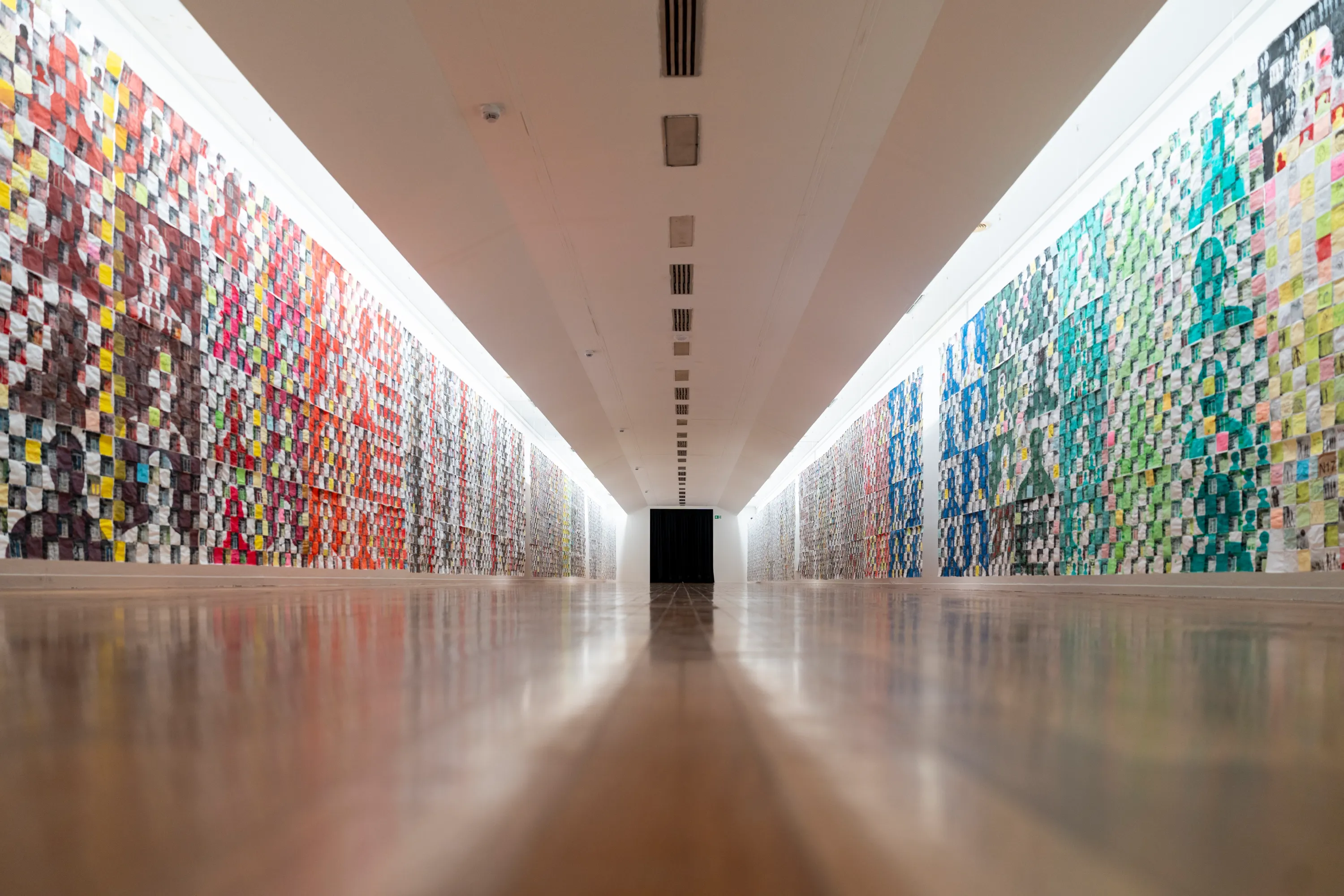
From October 14 to 26, 2025, PAC - Padiglione d'Arte Contemporanea hosted ReverseLab. Pilot project for contemporary art between the prison and the city, was created through a collaboration between San Vittore Prison, Politecnico di Milano and PAC, with the support of Fondazione di Comunità Milano, Forme Tentative and Philo – Pratiche filosofiche.
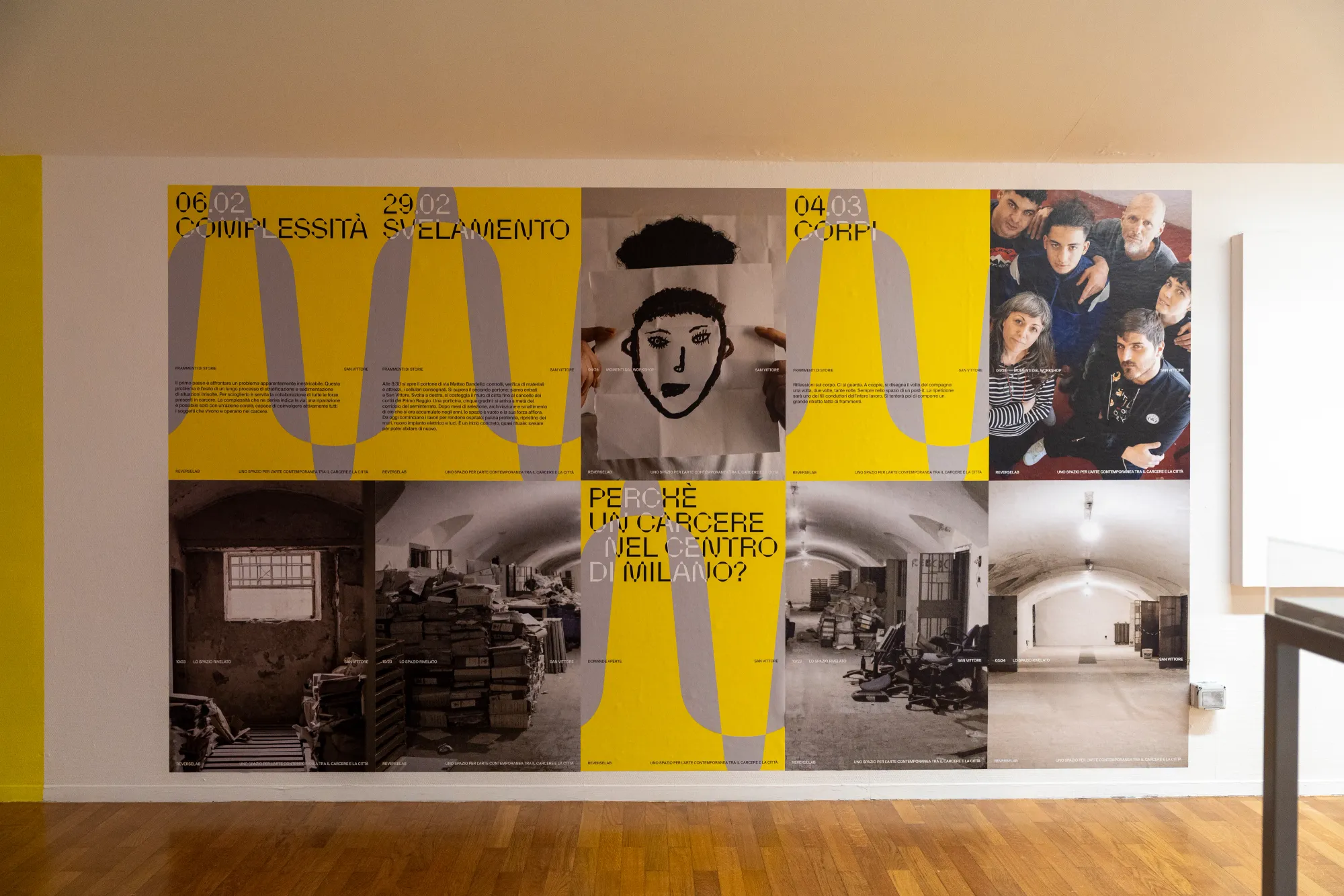
The Project
The ReverseLab project, promoted by the 'Laboratorio Carcere' research group at the Politecnico di Milano's Departments of Architecture and Urban Studies and Design, has created an artistic production and exhibition space open to the public by reusing the basement of the first wing of San Vittore prison. ReverseLab is a social design laboratory that not only designs environments, but also activates relationships, cultural production and reflection on living, symbolism and the complex relationship between the prison institution and the urban context. From March to November 2024, 40 inmates participated in a collective process of reflection and creation alongside artist Maurice Pefura. The result is a transformed space and a narrative that opens up to the city, presenting the public with the questions that arose within the prison walls.

The aim of ReverseLab's proposal for San Vittore was to strengthen exchanges and projects between the prison and the outside world. This intention has been fully realised with the arrival of the workshop at PAC, a space that is open and accessible to all.
«ReverseLab is a pilot project that aims to provide a space for those who don't have one; to connect prisons and cities through art. It is an artistic journey that enables us to transcend the boundaries of our bodies and walls, and to shine a light on our shadows as individuals and as a society. As researchers and students active in Off Campus San Vittore, we carry out this work by intertwining the experiences, knowledge and perspectives of prisoners, police officers, educators, healthcare personnel, prison management, other institutions and the third sector, with the aim of changing the narrative around prisons and thinking of them as part of a multifaceted city where relationships can give rise to new possibilities. »
Francesca Piredda, Associate Professor and member of the interdepartmental group Laboratorio Carcere (Design and DAStU)

A fragment of San Vittore prison in the centre of Milan
An unexpected part of San Vittore prison took shape in the PAC Gallery and Project Room: a space suspended between time and memory, recounting the project's complexity.
The Project Room showcases the restoration and transformation work curated by Forme Tentative, as well as the workshop process led by Pefura. Meanwhile, the Gallery presents a scaled-down version of the artwork created within the prison, titled 'Gli Artisti Sono Quelli Che Fanno Casino' (Artists Are the Ones Who Make Noise). This is complemented by audio recordings in which inmates share insights into their daily lives and their relationship with the outside world, filling the space with the voices and sounds of the prison.
«The exhibition at PAC offered the prison and the city a new opportunity to meet and continue raising questions about our fragility. It gave space to the desire to avoid irrelevance in the face of the complexity of the present and to 'not turn off the light'.»
Francesca Piredda, Associate Professor and member of the interdepartmental group Laboratorio Carcere (Design and DAStU)

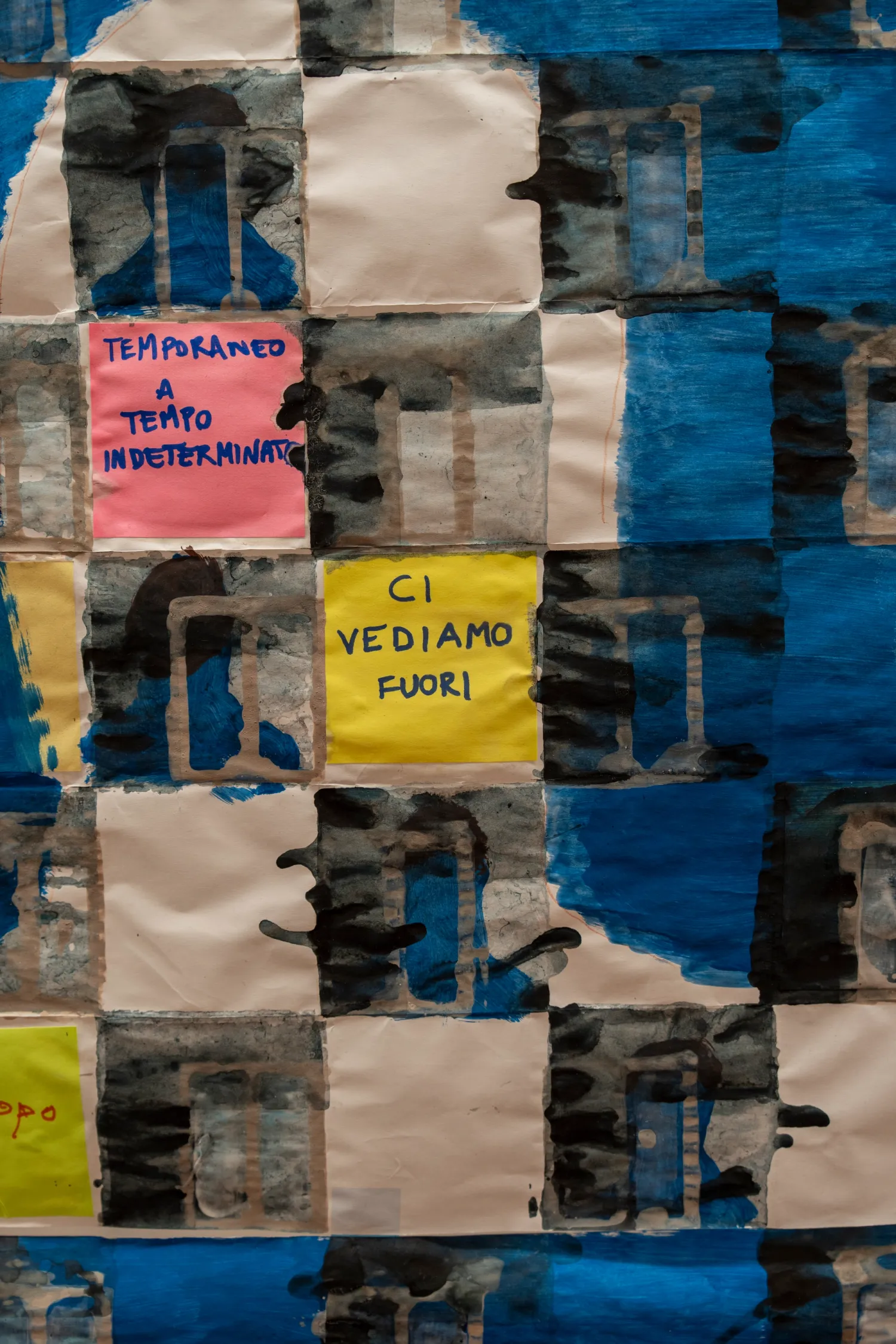
This transition — from the prison to the city — takes on strong symbolic value: the work 'leaves' San Vittore and raises questions that affect the city. These questions concern the meaning of prison, its position 'inside the body of the city and outside of time', the usefulness of art in places of detention and the potential of design research in prison contexts. The prison space is not erased at this juncture; it remains a place of memory and waiting, silent and laden with over 120 years of history. At the same time, however, it is transformed into a social resource: a place open to dialogue, reconnected to the city. It is the network of relationships built up over time that moves: a web of voices, experiences and questions that continues to grow and open up new possibilities for reflection and transformation.
For the Department of Design, this experience is a notable research model that transcends academia by engaging with complex urban and institutional contexts. It demonstrates how design can transform marginal spaces into platforms for connection and transformation.
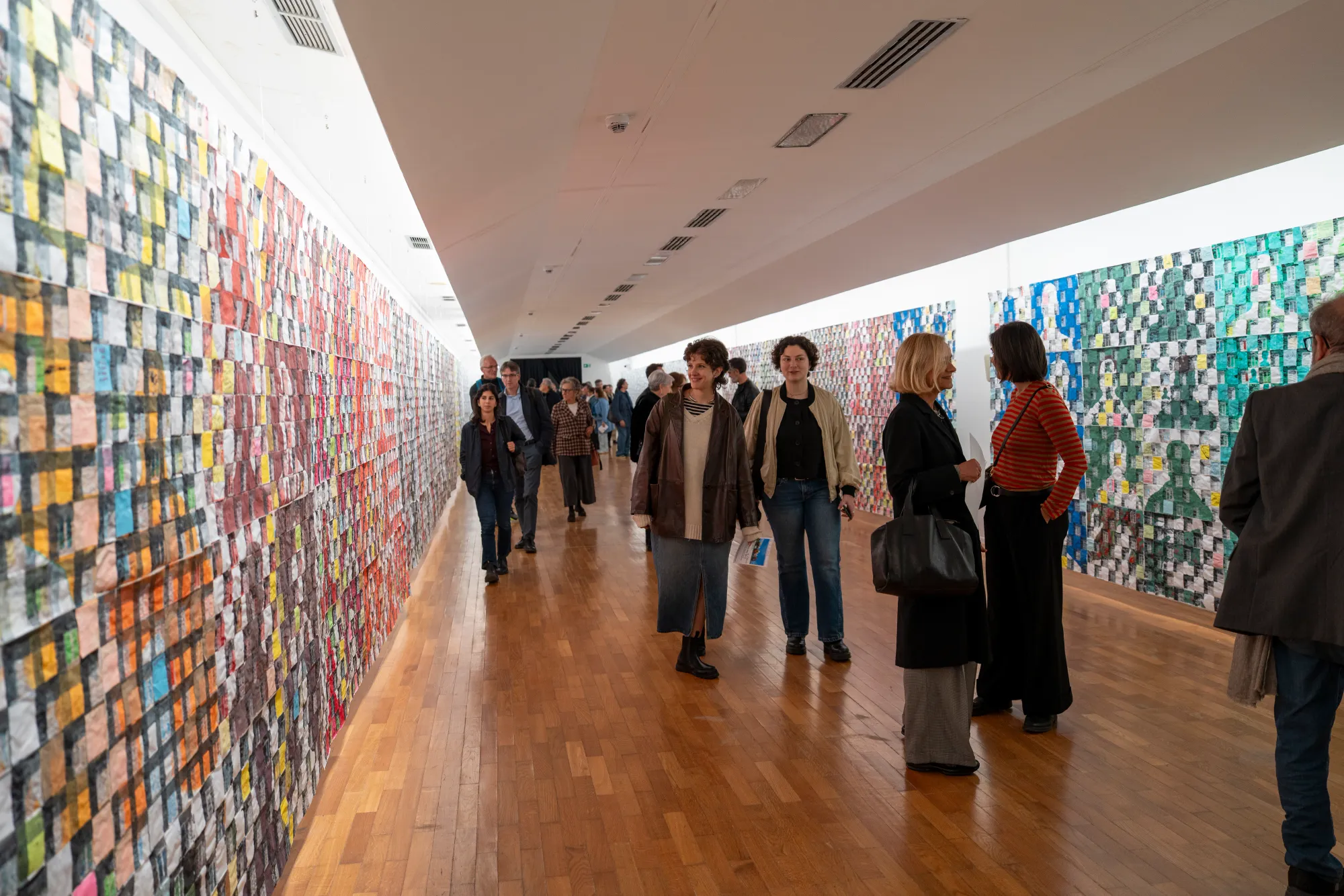
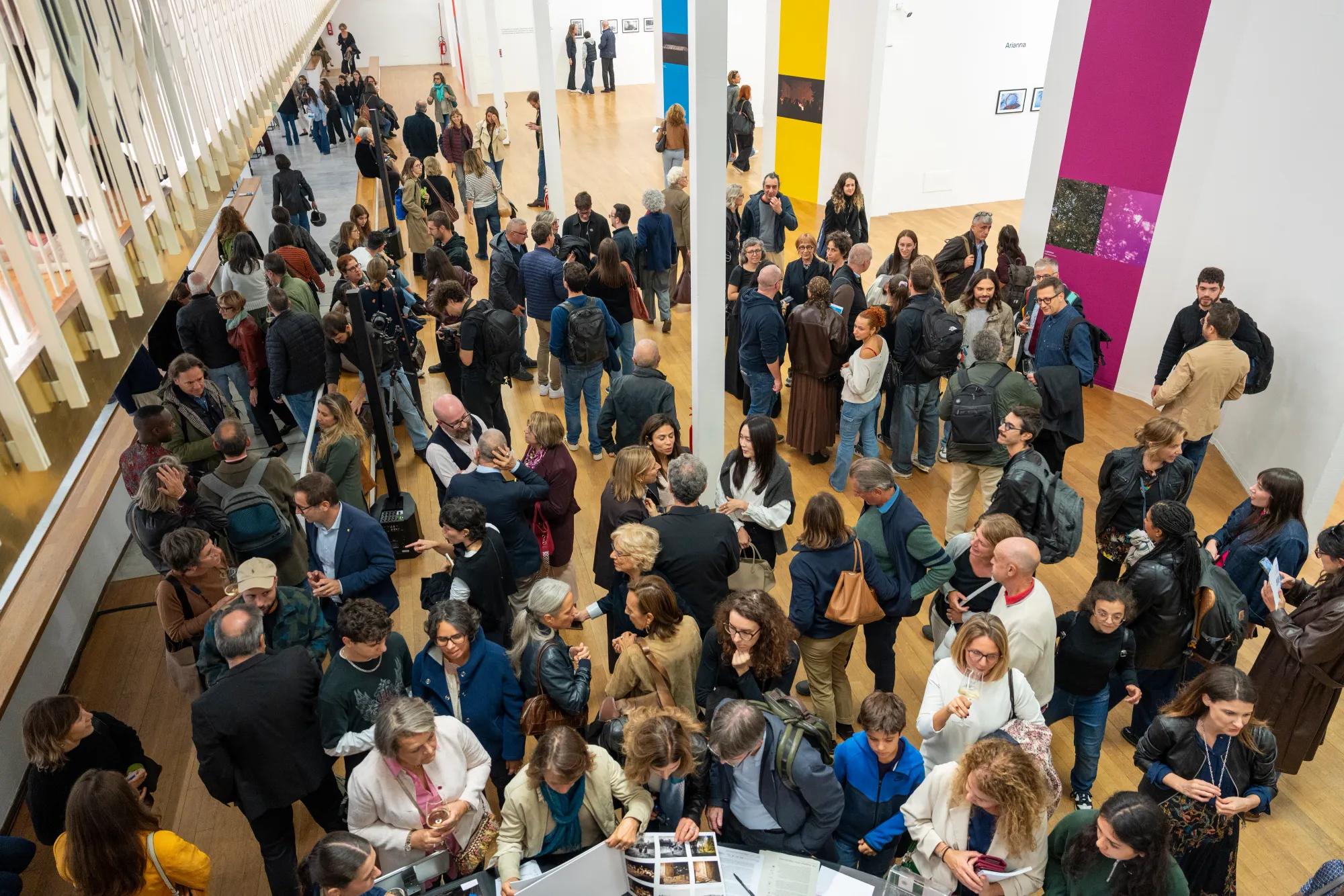
Photo credits: Luca Tantimonaco.